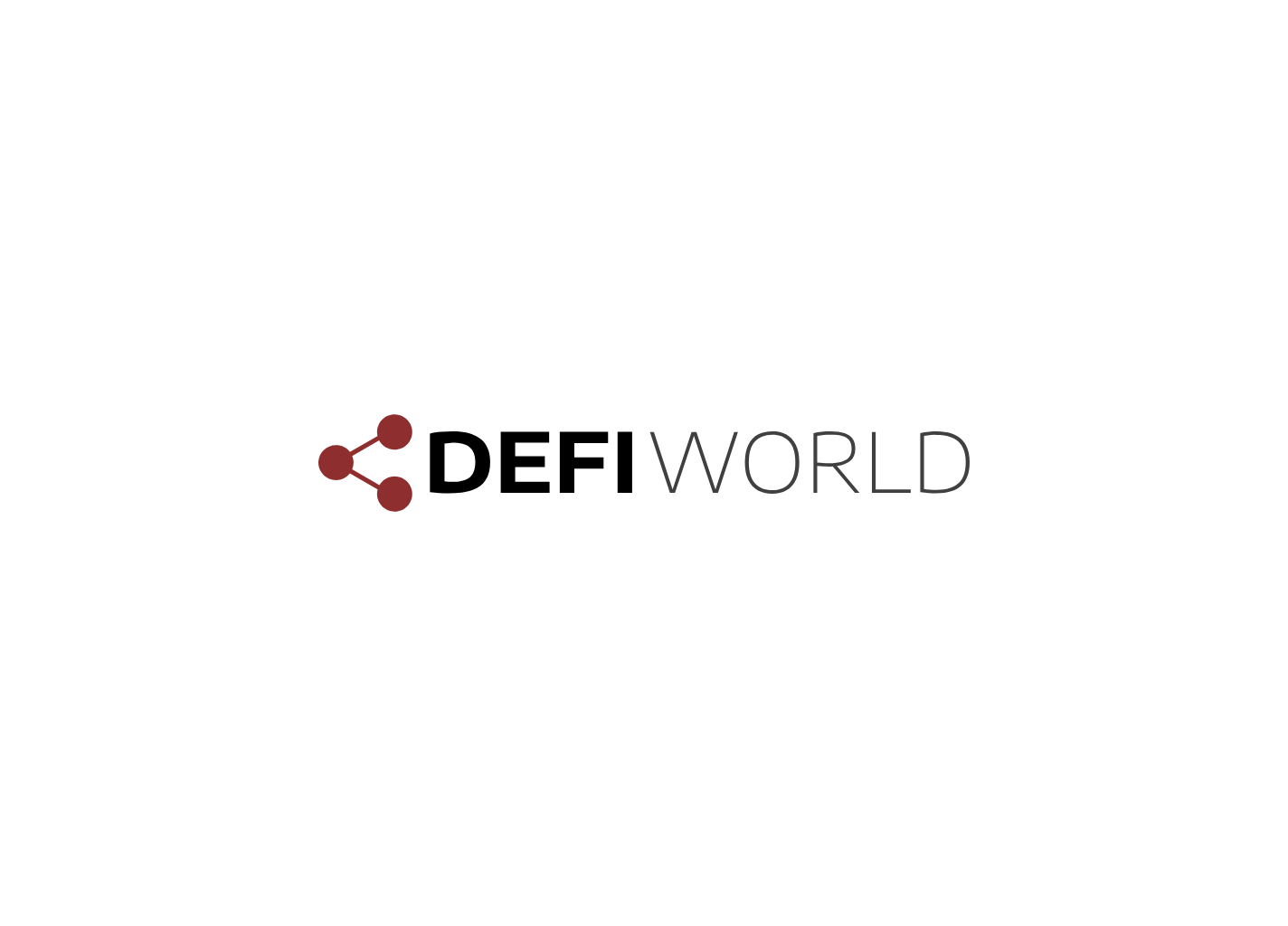An Introduction to Decentralized Finance (DeFi)

Decentralized Finance (DeFi) is currently the fastest growing part of the crypto ecosystem. While many people inside of the crypto space have heard about it, mainstream adoption is far from being achieved. With this short introduction to DeFi, we hope to make it simple for anyone to understand the mechanism of this new and exciting industry.
The DeFi space contains many application, which all provide financial services. Think about it like traditional finance, just with the special feature that it is open for anyone, no matter the background. DeFi aims to eliminate KYC in the financial service industry, which makes traditional finance exclusive for poor people. But with DeFi suddenly anyone in the world has access to a bank- and savings account, brokerage, lending, derivatives, insurance and much more.
But it doesn’t stop there. DeFi makes money programmable. This is what really distinguishes DeFi from the old industry and is also what will cause the next bull-run of crypto. Exciting new forms of financial products are evolving, which we have never seen before. There will be a lot of new innovation within the next fear years. There will be a time in the future where we even have to consider whether it makes sense to stick with a slow, exclusive, overly regulated and generally stuck system when we can just move on with new technologies that fit our imaginations of the future better.
One of the new technologies is a system called Automated Market Maker (AMM). Already some projects, which launched a few years ago, have built working products with it (like Uniswap or Kyber). An AMM leverages a liquidity pool. Think of it as a big fund, where lots of different assets can be deposited. This AMM functions as a broker, such as the New York Stock Exchange (well, it is far from being there to be honest). When a user decides to swap some ETH to DAI, he just puts his ETH into the pool, and takes to equivalent value of DAI out of the pool. That’s it. No Market Makers that exploit retail investors, no huge fees and a very smooth user experience.
A second innovations, that programmable money has enabled, is flash loans. Flash loans make it possible for users to take an instant loan with no collateral. The special thing about it is that users are able to do with the borrowed money, whatever they want, as long as they pay it back in the same transaction. So, a user, who sees an arbitrage opportunity, can exploit it within seconds, as long as she pays it back in the same block. This is certainly not possible in centralised finance.
There will be a lot of similar innovations, which will all build upon the traditional financial system, but make it a lot more efficient (flash loans) and cheaper (AMM). There will be a lot of hurdles along the way, but in the end, there is no other way for us than to win big.


